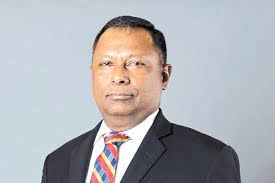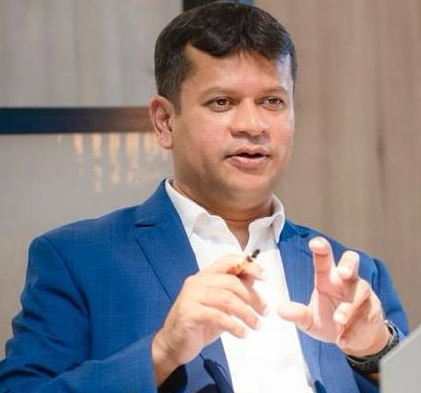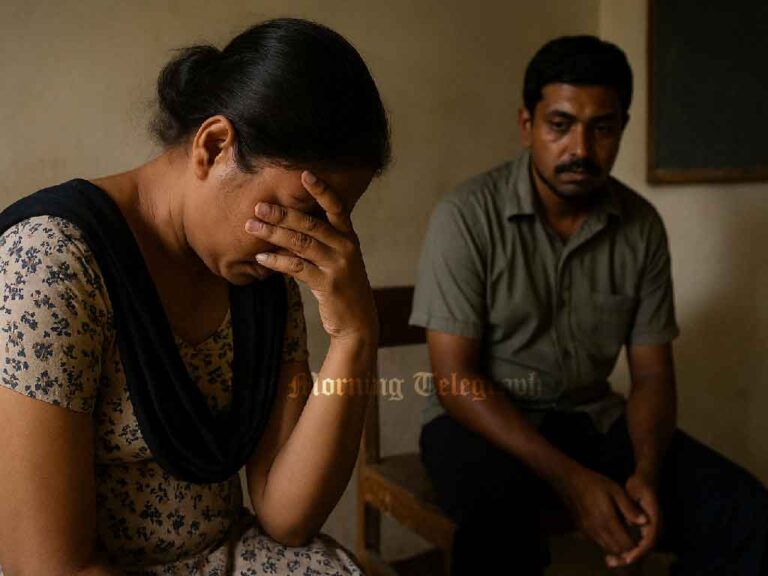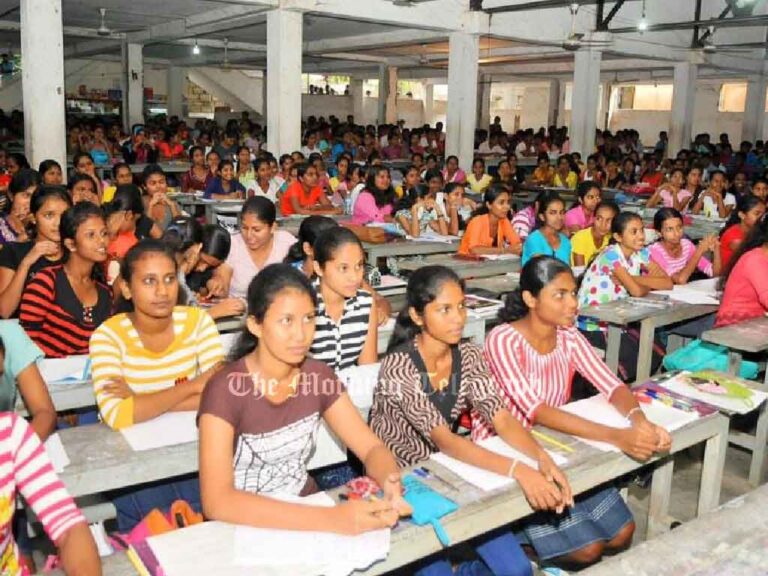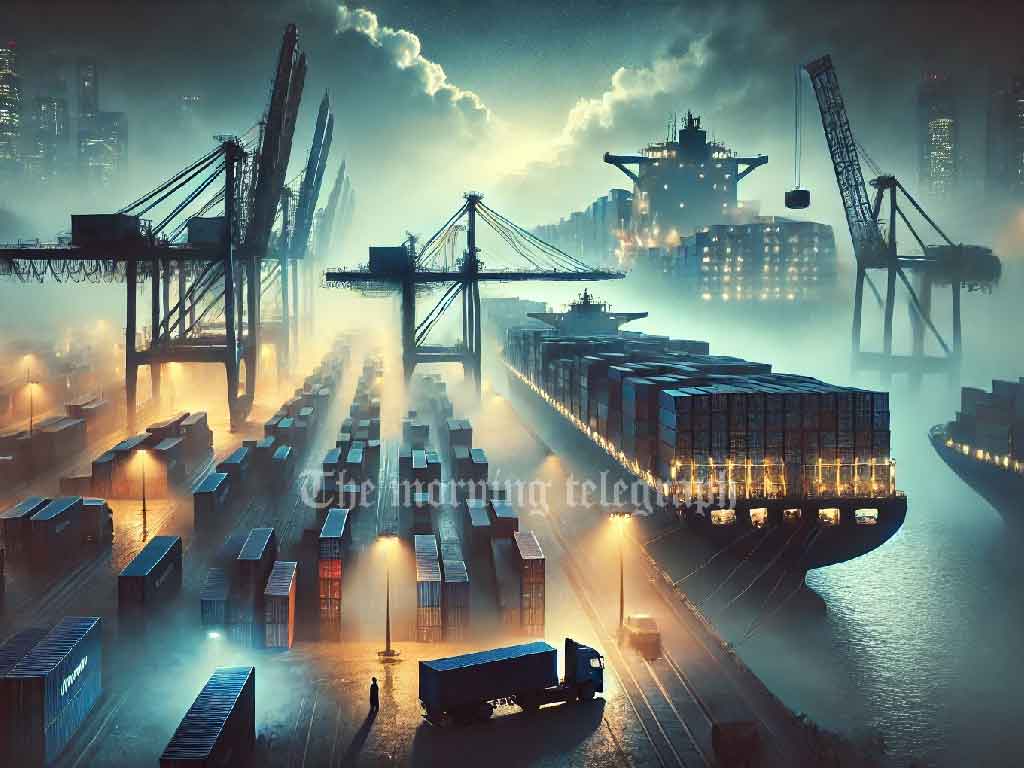
A social activist, Aishwarya Adhikari, has publicly challenged the President to conduct a comprehensive and transparent investigation into the controversial release of 323 containers by Sri Lanka Customs without undergoing proper inspection. He has called for legal action to be taken against those responsible if any violations of customs regulations or illegal activities are uncovered.
Speaking to journalists after lodging a complaint at the police headquarters, Aishwarya Adhikari stated that the incident surrounding these 323 containers has become a national issue and has raised serious concerns regarding transparency and accountability in the country’s customs operations. He emphasized that the revelation of this issue came when Customs officer Amila Sanjeewa disclosed that the containers had been released from the port without the required approval or inspection. Following this revelation, Adhikari claims that the President was alarmed by the statement made by the officer, prompting immediate discussions on the matter.
He raised several key questions about the incident, including what was inside the containers, whether there was undue influence or external pressure to release them, and which officials were responsible for approving the clearance of these shipments without inspection. He insisted that a full-scale investigation should be conducted, and if any wrongdoing is detected, legal action should be taken against those involved. Furthermore, he directly challenged the President to ensure that all necessary measures are taken to bring accountability to the issue and prevent such incidents from happening in the future.
In response to the growing controversy, Sri Lanka Customs has defended its actions by stating that the containers were released as a temporary solution to address congestion at the port. At a press conference on January 22, Customs Media Spokesperson and Additional Director of Customs, Seevali Arukgoda, stated that the procedure was conducted in a transparent manner and assured that no fraudulent or corrupt activities were involved in the clearance process.
Despite these reassurances, the Ministry of Finance has taken the matter seriously and has appointed a high-level committee to investigate the reports concerning the clearance of the 323 containers without customs inspection. The investigation committee is chaired by Deputy Secretary to the Treasury A.K. Seneviratne and includes members such as Additional Secretary to the Ministry of Transport, Highways, Ports, and Civil Aviation S.B. Jayasundara, Director General of the Department of Trade and Investment Policy K.P. Kumara, Director General of the Department of Management Audit A.P. Kurumbalapitiya, and Senior Director of Customs Sapumal Jayasundara.
Despite the official explanation from Sri Lanka Customs, a strong backlash has emerged from trade unions within the department, particularly from the Customs Trade Union, which has accused the authorities of bypassing established procedures in the clearance process. The trade union claims that over 300 containers were released without undergoing the necessary customs inspection, citing systemic delays and congestion at the port as an excuse for the improper clearance.
The Customs Officers’ Association has strongly criticized the move, stating that on January 17 and 18, a total of 323 containers were cleared without following the proper procedures. The association’s president, Amila Sanjeewa, has raised serious concerns over the process, noting that Sri Lanka Customs operates under a globally accepted risk management system that categorizes containers based on the level of scrutiny required. According to this system, certain containers can be cleared without physical inspection, while others, particularly those flagged under the red channel, must undergo strict customs checks. Sanjeewa alleged that a significant number of the 323 containers released without inspection fell under the red channel category, meaning they required mandatory examination before clearance.
Sanjeewa further claimed that three customs officers, acting under the direction of the Director General of Customs, made the decision to release the containers without inspection. He warned that such actions could pose a severe threat to national security, as there is no way of knowing what goods were inside the containers. He stressed that without proper inspection, the shipments could have contained illegal or hazardous goods, including narcotics, firearms, substandard or unsafe products, and other contraband. The lack of oversight in the clearance process, according to Sanjeewa, has created a major risk for public safety and state security.
The controversy surrounding the incident has also reached the floor of Parliament, with opposition lawmakers raising serious concerns over the implications of releasing such a large number of containers without inspection. Members of the Samagi Jana Balawegaya, including Harshana Rajakaruna and Kavinda Jayawardena, questioned the government on January 22, arguing that the incident represented a major lapse in security and could lead to severe consequences.
Responding to these concerns, Minister of Labor and Deputy Minister of Economic Development, Professor Anil Jayantha, assured Parliament that a full investigation would be conducted. He stated that following the trade unions’ statements regarding the matter, the President had held discussions with customs representatives to better understand the situation. The minister also explained that, in the past, customs authorities have had to intervene in cases of extreme congestion by expediting container clearance through various alternative methods.
He acknowledged that previous customs operations have seen the release of containers through different channels, including cases where red-tagged containers were scanned and cleared. However, he admitted that it remains unclear whether proper investigations were conducted into those past instances. He also revealed that such expedited clearance procedures had been carried out before, with data showing that 584 containers had been released under similar conditions on multiple previous occasions.
Customs Media Spokesperson Seevali Arukgoda elaborated on the methodology behind the container clearance, stating that a system implemented in July 2024 allows for a detailed analysis of goods awaiting clearance. Under this system, customs officials evaluate which containers can be released without physical inspection based on available documentation, risk assessments, and data analysis. According to Arukgoda, this method has been used in the past to release thousands of containers, and each case is assessed carefully to ensure compliance with customs regulations and national security requirements.
Arukgoda emphasized that customs officials had taken all necessary precautions before authorizing the clearance of the 323 containers in question. He stated that the process was conducted under his supervision and that efforts were made to recover any under-declared taxes, verify the nature of the shipments, and ensure that importers met all legal obligations. He insisted that no fraudulent activities or corruption were involved in the process and that customs officials worked diligently to protect state revenue and national security while addressing port congestion.
Despite these assurances, the incident has left many questions unanswered and has fueled public concern over potential regulatory failures within the customs department. The Ministry of Finance’s investigation is expected to determine whether the clearance of these containers was carried out legally and transparently, or if procedural violations occurred. The findings of the investigation will be crucial in shaping the next steps, as calls for greater accountability, stricter oversight, and enhanced transparency continue to grow.

